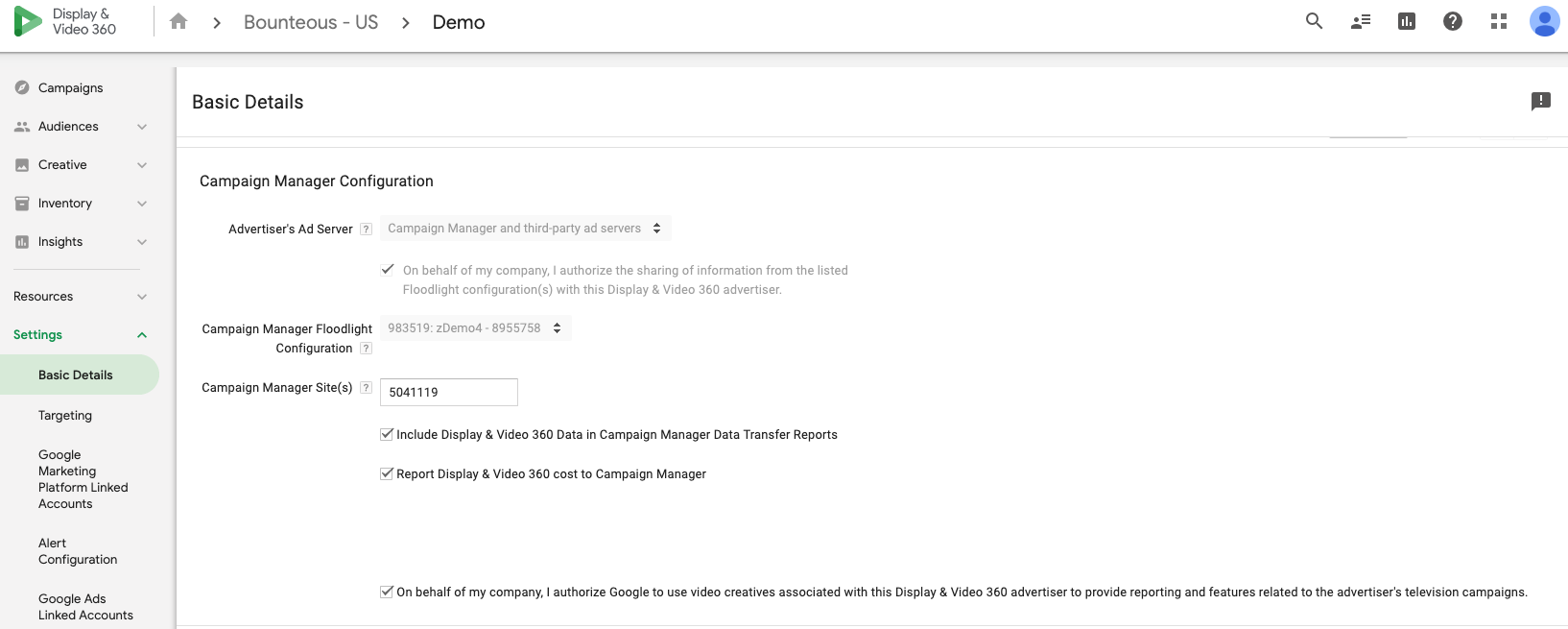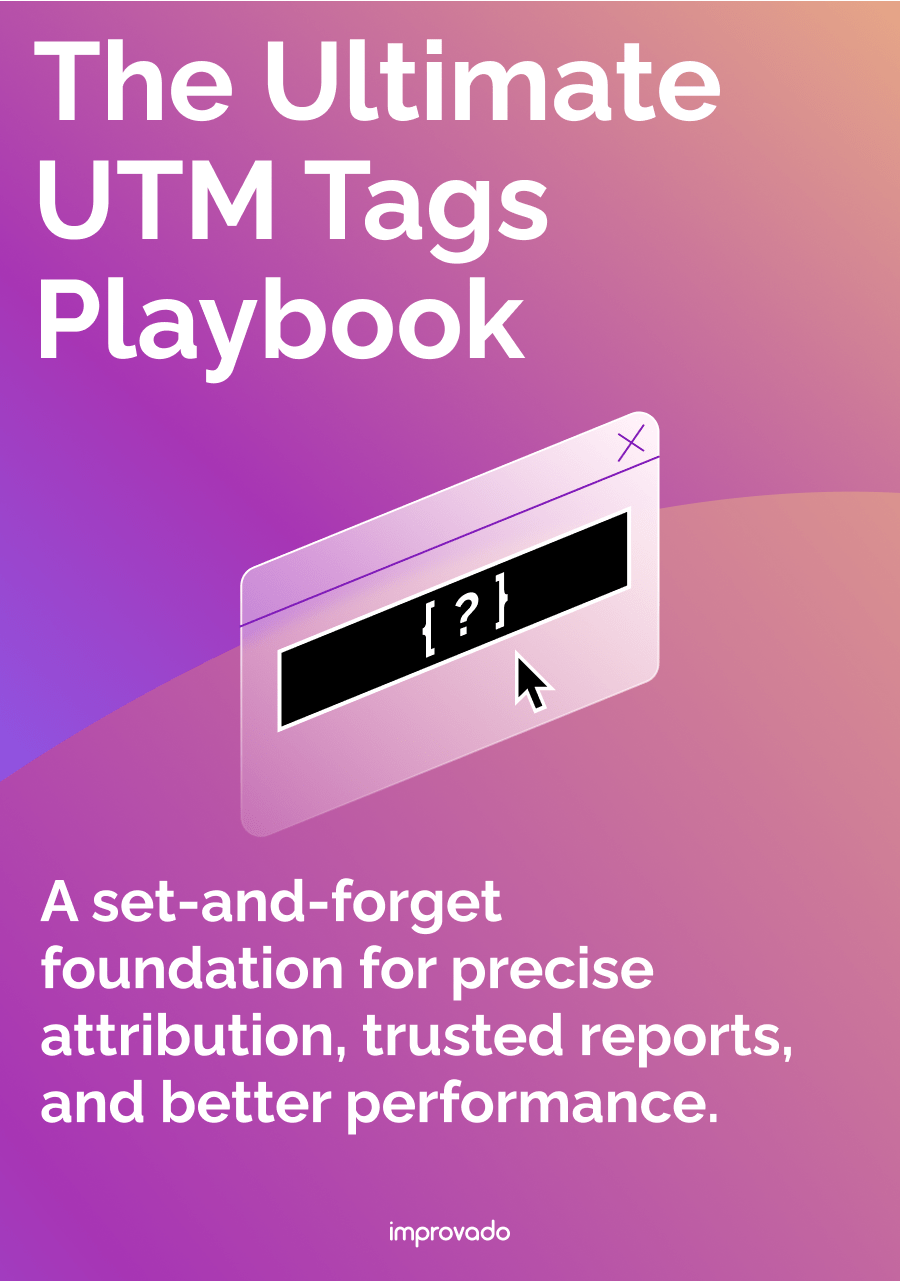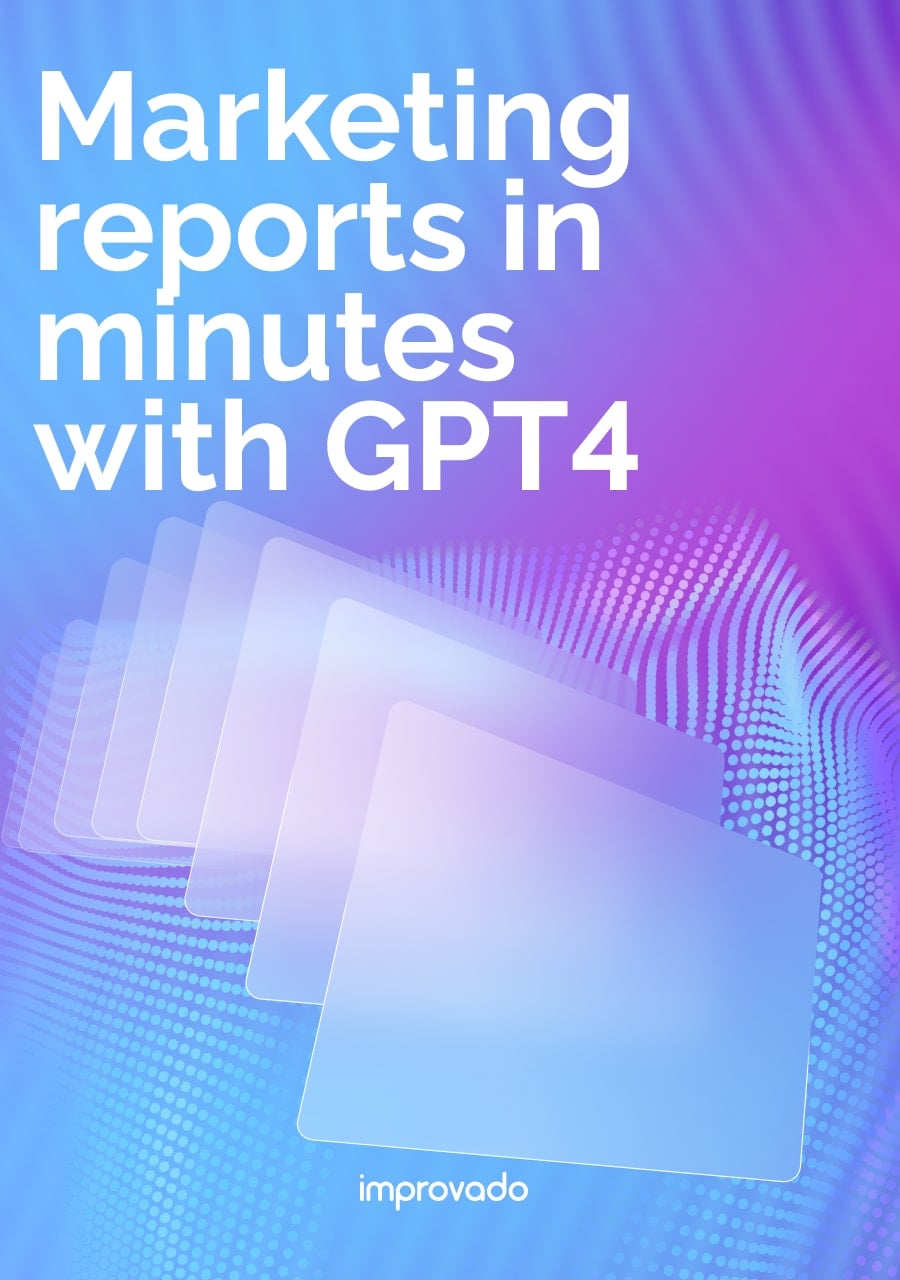Campaign Manager 360 (CM360) and Display & Video 360 (DV360) are both critical components of Google's Marketing Platform, each serving unique roles in the digital advertising ecosystem.
While CM360 excels in managing and delivering ads across multiple channels, DV360 specializes in programmatic ad buying, allowing for more precise audience targeting and real-time optimization.
Understanding the differences between these two platforms and how they complement each other can greatly enhance the effectiveness of digital advertising campaigns.
What is Campaign Manager 360 (CM360)?

Core Purpose: Ad Serving, Management & Measurement
At its core, CM360 is an ad server. This means its primary role is to host your creative assets, deliver or "serve" them to users across different digital properties, including websites, apps, video players, and meticulously track their performance.
Beyond serving ads, CM360 offers robust capabilities for campaign management, including setting up ad placements, trafficking creative assets, and comprehensive cross-channel reporting and attribution.
It's the go-to platform for understanding how your ads are performing, regardless of where they're displayed.
Key Functionalities (Trafficking, Tracking, Reporting)
CM360 provides a suite of features essential for efficient ad operations:
- Ad Trafficking: Centralized control of creative assets, ad placements, and campaign parameters. Supports bulk management and structured workflows, reducing operational bottlenecks and ensuring consistency across global campaigns.
- Ad Serving: Delivers ads across display, video, mobile, and social, with precise targeting and frequency controls. Ensures reliable delivery and performance tracking across multiple digital environments.
- Conversion Tracking (Floodlight Tags): Floodlight activities enable granular, event-level conversion tracking (for example, purchases, sign-ups, post-view actions). These tags are foundational for multi-channel measurement and feed directly into attribution models.
- Reporting & Attribution: Provides enterprise-grade reporting on impressions, clicks, conversions, and cost metrics, with customizable dimensions and breakdowns. Supports multiple attribution models, enabling teams to measure incremental value and optimize channel mix effectively.
- Verification & Compliance: Integrates with third-party verification partners to enforce brand safety, viewability, and fraud prevention. Helps maintain compliance standards while protecting ad spend efficiency.
What is Display & Video 360 (DV360)?

Core Purpose: Programmatic Ad Buying (DSP)
DV360 empowers marketers to execute programmatic campaigns at scale.
As a DSP, its core purpose is to facilitate the automated, real-time bidding on ad impressions across numerous ad exchanges and publisher sites. This allows advertisers to reach specific audiences with highly relevant ads, optimizing bids and placements in milliseconds based on defined campaign goals and audience characteristics.
Key Functionalities (Real-Time Bidding, Advanced Targeting, DCO)
DV360 offers a comprehensive set of features for powerful programmatic execution:
- Real-Time Bidding (RTB): Automates bidding in open exchanges and private marketplaces, optimizing spend toward the highest-value impressions.
- Advanced Audience Targeting: DV360 offers some of the most advanced targeting options. It combines first-party CRM and offline data with third-party segments to enable hyper-granular audience creation.
- Dynamic Creative Optimization (DCO): Enables automated creative personalization using behavioral, contextual, or external triggers (for example, location, weather). It reduces manual versioning overhead and aligns ad delivery with real-time audience context, improving both efficiency and performance.
- Access to Premium Inventory: Extends reach across display, video, including connected TV, audio, and native formats, while also providing access to programmatic guaranteed and PMP deals.
- Cross-Channel Campaign Management: Centralizes programmatic workflows and performance data across multiple digital environments.
CM360 vs. DV360: A Side-by-Side Comparison
While closely related within the Google Marketing Platform ecosystem, CM360 and DV360 serve distinct, complementary roles.
Here’s a side-by-side comparison to clarify their primary differences.
| Aspect | CM360 | DV360 |
|---|---|---|
| Primary Function | Ad serving, trafficking, and measurement | Programmatic media buying and campaign execution |
| Key Users | Ad operations teams managing trafficking, tracking, and reporting | Media buying and operations teams managing programmatic execution |
| Ad Trafficking / Serving | Centralized creative management and ad serving across display, video, and mobile | Not an ad server; relies on CM360 for trafficking and creative delivery |
| Tracking / Measurement | Floodlight tags for conversion tracking, attribution, and standardized reporting | Uses CM360 tracking for conversions; focuses on media performance and spend optimization |
| Buying Capabilities | No direct media buying | Real-time bidding, PMP, programmatic guaranteed across display, video (incl. CTV), audio, native |
| Audience Targeting | Limited targeting; mainly campaign-level setup | Advanced targeting using first- and third-party data for granular audience segmentation |
| Dynamic Creative Optimization (DCO) | Supports delivery of DCO creatives via trafficking | Full DCO execution with audience-based personalization and external data triggers |
| Reporting | Enterprise reporting on impressions, clicks, conversions, and attribution models | Media buying and spend performance reporting; complements CM360 for unified insights |
| Best Use Case | Accurate trafficking, centralized tracking, and attribution across campaigns | Efficient programmatic buying, optimization, and scaled campaign execution |
How CM360 and DV360 Work Together for Maximum Impact
While distinct, the true power of CM360 and DV360 is unlocked when they are integrated.
This synergy allows marketers to achieve a holistic view of their campaigns, from impression to conversion, and to optimize their programmatic buys with superior data.
The Benefits of Linking CM360 and DV360
Integrating these two platforms offers significant advantages:
- Automatically Synced Creatives: Placements created in CM360 are automatically imported into DV360 as creatives, eliminating manual implementation and streamlining workflow.
- Shared Floodlight Activities and Audience Lists: Floodlight activities and corresponding audience data set up in CM360 are automatically shared with DV360, reducing the need for extra setup efforts and improving audience targeting.
- Improved Attribution Insights: Linking the platforms provides better visibility into how DV360 campaigns contribute to conversions and impact other channels. It enhances the DV360 custom bidding algorithm by incorporating signals from both platforms, enabling bids to be directed toward the most valuable conversions.
- Efficient Workflow: A one-to-one relationship between CM360 placements and DV360 creatives allows for smoother trafficking, reporting, and analysis.
- Reduced Administrative Work: Linking CM360 and DV360 removes the need to create standalone advertisers in DV360, saving time on setup and management.
- Enhanced Audience Building: Once linked, audience data thresholds enable the seamless sharing of audience lists between platforms for more effective campaign targeting.
- Holistic Campaign Management: This integration allows advertisers to plan campaigns in CM360 and execute them programmatically with DV360, opening more options for campaign management and analytics.
Creating an Integrated Workflow (Creative Syncing)
A key benefit of integration is the seamless workflow for creative management. When you set up a placement in CM360 and link it to DV360, the creatives associated with that placement are automatically synced and become available as "creatives" or "ads" within your DV360 line item.
This eliminates the need for manual tag implementation in DV360, saving time and reducing the risk of errors, especially for complex campaigns with many ad variations. This direct integration ensures that the ad server (CM360) is aware of all impressions and clicks from the DSP (DV360), providing comprehensive data.
Unifying Tracking with Floodlight Activities
Floodlight activities in CM360 provide a single source of truth for conversion tracking across trafficking and buying.
These tags, managed in CM360, are deployed on your website or app to track specific user actions and conversions. When a DV360 campaign drives a user to convert, CM360 captures that conversion data through the Floodlight tag. This means you have one consistent set of conversion data, regardless of the media buying platform.
This prevents discrepancies that often occur when disparate tracking systems are used, and it enables robust attribution modeling, including last-click, position-based, or data-driven models.
Advanced Audience Management & Data Sharing
The CM360–DV360 integration extends to audience management,built in CM360, such as remarketing lists based on website visitors or specific conversion actions, can be seamlessly shared between platforms.
CM360’s centralized structure ensures that audiences are consistently defined and applied across both trafficking and buying workflows.
In DV360, these segments can then be layered with advanced targeting options such as demographics, interest categories, and contextual signals.
This alignment allows operations teams to scale global audience frameworks while still enabling localized execution, reducing duplication in audience setup and ensuring brand-wide consistency in how segments are defined, activated, and measured.
Gaining Full Cost Visibility: The DV360 Cost Metric
A major benefit of linking the platforms is the ability to pass DV360 media cost data directly into CM360 reports via the DV360 cost metric. DV360 Cost metric includes not only the media cost but also any platform fees or partner markups associated with your programmatic buys in DV360.
This integration gives operations teams end-to-end visibility into campaign spend alongside impressions, clicks, and conversions within one reporting environment. It eliminates the need to manually reconcile media invoices with performance data, improving both financial accuracy and accountability.
For revenue and marketing operations leaders, this provides the foundation for ROI measurement, budget pacing analysis, and executive-level reporting, all within the same standardized framework that CM360 supports.
Understanding Cost Reporting and Data Discrepancies
A common challenge for marketers using both CM360 and DV360 is reconciling cost and performance data. While both platforms provide reporting, discrepancies can arise due to their different primary functions and measurement methodologies.
Why Metrics Differ Between Platforms
- Primary Reporting Role: CM360 is designed as the independent measurement platform, tracking impressions and clicks as they are served. DV360 reports on bid requests, winning bids, and delivered impressions from its perspective as a DSP buying inventory.
- Attribution Models: CM360 offers various attribution models last-click, linear, data-driven) that may assign conversion credit differently than DV360's real-time optimization algorithms. This fundamental difference can create variation in how conversions are credited.
- Viewability Standards: Differences in how viewability is measured or defined by the ad server vs. the DSP, or by third-party verification, can lead to varying impression counts.
- Time Zones and Reporting Windows: Inconsistent time zone settings or reporting windows between platforms can cause slight variances.
- Markups and Fees: DV360 includes its own markups and exchange fees in its reported costs, whereas CM360 reports the gross media cost as trafficked.
Best Practices for Accurate Cost Reporting
- Use CM360 as the Source of Truth for Impressions and Conversions: Since CM360 is the ad server, it provides the most accurate and unbiased count of served impressions and tracked conversions across all your media buys, including DV360.
- Pull DV360 Cost Data into CM360: DV360 allows cost data to be synced back to CM360. This is crucial for getting a comprehensive view of spend alongside impressions and conversions in your CM360 reports. This combined data then allows for accurate ROI calculations.
- Standardize Floodlight Implementation: Ensure all relevant conversion points are consistently tagged with CM360 Floodlights, and these are correctly mapped in both CM360 and DV360.
- Understand Data Granularity: Recognize that DV360 provides granular, real-time programmatic costs, while CM360 focuses on overall media and partner-level costs. Both are valuable but serve different purposes.
Automating Reconciliation at Scale
For operations teams, manually aligning CM360 and DV360 data is a time-intensive process prone to error. This is where enterprise-grade platforms like Improvado provide significant value.
By automatically extracting, normalizing, and reconciling cost and performance metrics from both systems, Improvado removes discrepancies and delivers clean, cross-channel reporting that scales with the business.
Automating Your CM360 and DV360 Reporting
For enterprise marketing teams, the sheer volume of data generated by CM360 and DV360, alongside dozens of other marketing platforms, makes manual reporting an unsustainable and error-prone process.
Automating your reporting pipeline from these critical Google Marketing Platform tools is essential for efficiency, accuracy, and timely insights.
By leveraging Improvado, a robust data integration and marketing analytics platform, you can automatically extract, transform, and load data from CM360 and DV360 into a centralized warehouse or directly into your preferred BI tools.
Improvado ensures that your dashboards and reports are always up-to-date, providing real-time visibility into campaign performance, cost efficiency, and overall marketing ROI.
.png)




.png)
